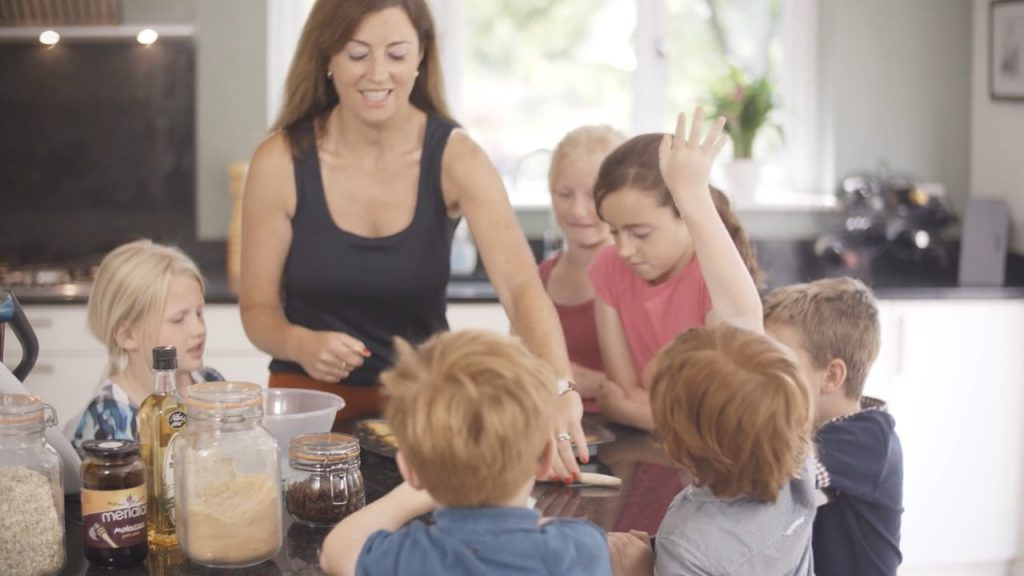
Living with a Gluten-Free Child
Do you live with a gluten free child? Is this something you have experienced for some time or is it something new? Although I have been gluten intolerant for some time, I have only been living gluten free for the past 4 years. My son is even more recent than me. He has been without gluten for just under a year. He is 12 so this has been a very different experience for him. Not only is he in situations that I am not, such as after school sports matches or birthday parties organised by another child’s parents, he is also only relatively recently independent from a social perspective. He also his life prior to a year ago with gluten in it so changing to a gluten free diet at this stage has been a learning experience. I thought I would share some of these learnings with you.
This blog is not designed to discuss the diagnostic process but that is covered below*. It is about the practicalities of living and caring for a child who cannot tolerate gluten. Gluten is the protein found in grains and products made from grains. The obvious culprits and therefore the obvious substances to avoid are gluten-containing flours and baked goods made from them, so that’s bread, crackers, cakes and biscuits made from wheat, spelt, rye, barley. Less obvious places where gluten in lurking include confectionary, soft drinks, crisps, chocolate bars, soy sauce, stock cubes, stuffing mixes, yeast extracts, sausages and processed meats. The good news is that gluten is a major allergen and by law it must be declared in BOLD writing on food ingredients labels. So generally, it is simply a case of checking the label.
The other good news is that most gluten-containing products have non-gluten containing alternatives. The market for gluten free (that essentially reflects the increased demand for gluten free) has moved at such a pace that even foods such as Yorkshire puddings, fish fingers and cereals can now be purchased gluten free. That does make life for those transitioning to gluten free having been able to eat gluten before a lot easier. However, there are areas that prove more difficult. These are outlined below with some ideas for addressing:
HOSTING CHILDRENS BIRTHDAY PARTIES
If you are the person hosting the party and your child is gluten-free then it is easiest to simply serve all children safe food. Make sure all food on offer is gluten free. That way your child knows that on their special day they’re not going to be feeling odd or different. It’s also a good opportunity to show other children just how tasty gluten free options can be.
Be careful about shop-bought drinks. Some cloudy squashes contain barley for example. Some confectionary also contains gluten e.g. strawberry bootlaces. These might be items that you don’t normally buy but want to do so for a party, so it is worth checking these sorts of unusual items before serving at a party.
If your child is gluten free and attending another person’s party, I recommend chatting to the host prior. Some people simply don’t know what they should be looking for but are very willing to adapt if they know how. Talk the host through what is suitable and what is not. This is a really easy conversation to have because as parents of a gluten free child you perhaps don’t realise how much more knowledgeable you’ve become compared to those who don’t have a gluten intolerant child.
PLAY DATES AND PARTIES
Liaise with the other parent/s and make sure they know that your child cannot eat gluten. For some that means notifying them of where they might find gluten in surprising places e.g. stock cubes, pre-made sauces and soups, soy sauce. Most parents will be very willing to accommodate your child, but some feel worried that they might do something wrong. If that’s the case, you can always offer to send your child with something that they can eat. It might be something that the other parent just warms up and serves or it might simply mean bringing a gluten free pizza base to a pizza party (plus your own pizza baking tray to avoid cross-contamination), or some gluten free pasta to go with the sauce they normally serve with pasta.
COOKING AT SCHOOL
It does take a little more planning and communication with the school but there is no reason why your child should feel left out when it comes to cooking at school. Find out in advance what your child is going to be making and adapt it to a gluten free version or ask the teacher if your child could make something else if a gluten free version simply isn’t possible. The teacher wants to assess skills so as long as the alternative recipe is as taxing as the gluten version then I am sure the teacher will be fine.
EDUCATE YOUR OWN CHILD
It is never too early to start making your child aware of what gluten is and where and why they might find it in certain food products. The more they know and the earlier they know it the better equipped they are to help adults outside of their immediate family help them to stay safe. As they grow older, they’re also equipped to check labels and ask questions in restaurants or fast food joints.
SPORTS TOURS OR SCHOOL TRIPS
The irony about school trips and in particular sports tours is that children often stop at service stations and therefore have the option of fast food for their meals whilst travelling. There are two main options here; you either help your child prior to the trip to understand what his/her gluten free options are for fast foods depending on the brand or you help them to understand what else they could get from a service station e.g. there may be a mini supermarket (Waitrose, M&S for example where they could get a gluten free sandwich at least). If you opt for the former then the fries, hash browns, carrot sticks and fruit bags at MacDonald’s are all gluten free. Some of their burgers are made without gluten but cross-contamination may be an issue. The corn on the cob, mashed potatoes, coleslaw, and salads without croutons at KFC are also gluten free. Burger King seems pretty unclear about what is Gluten Free on their menu, but Five Guys do a great job and serve gluten free burgers in lettuce leaves and gluten free fries too!
EATING OUT
Check with the person serving you if there is a gluten free menu. Some restaurants have one menu which is specially gluten free. Others might tell you what can be adapted to become gluten free or is already naturally gluten free on the standard menu. Always make sure and remind your child to make sure that they reiterate when they place the order that you are ordering a gluten free meal. Sometimes that means you will place your order with a manager. That might cause some delay to your order but obviously that’s a worthwhile delay.
Do you live with a child who is gluten-free? In which situations have you struggled and then found solutions? Nobody said it was easy but perhaps after reading this blog it is eas-ier than it was!
